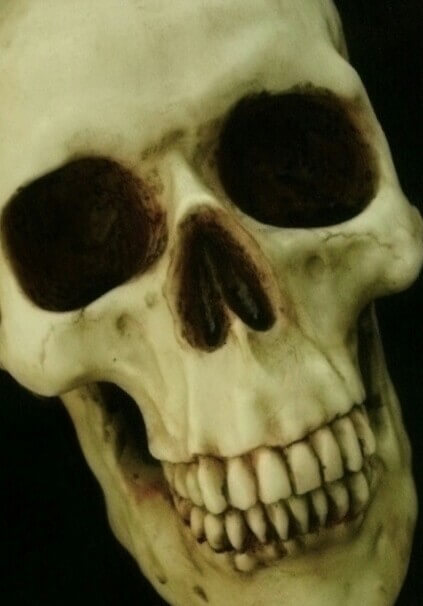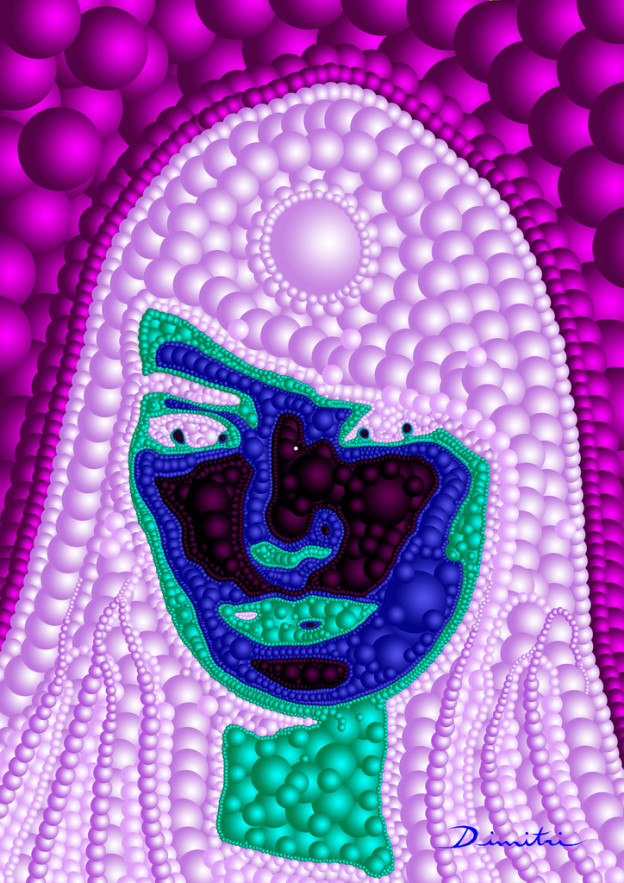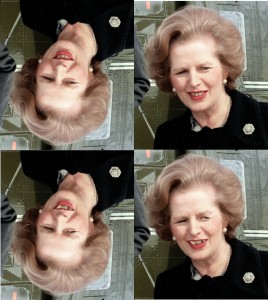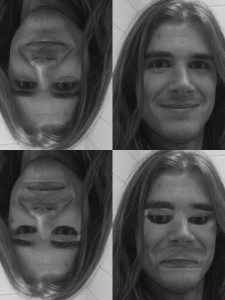Although a picture may be worth a thousand words, does it always tell the truth? Today, we are going to share images of 7 weird illusions that will blow your mind. An optical illusion (also known as a visual illusion) is defined as an experience of seeming to see something that is not really there. You are about to see some examples of optical illusions that are guaranteed to deceive your eyes.
In our past article called Hidden Faces In Things And Places, we shared many images of things and places with an illusion of a face. After seeing those images, you may have found yourself seeing faces in virtually everything. Pareidolia is a psychological phenomenon of a vague and random stimulus (usually an image or sound) that is perceived as significant. The phenomenon is a type of an optical illusion. In this post, we have gathered 7 strange and fun illusions for you to try at home. You are about to see how easy your eyes can be tricked. Let’s first begin a optical illusion disk.
#1 Optical Illusion Disk
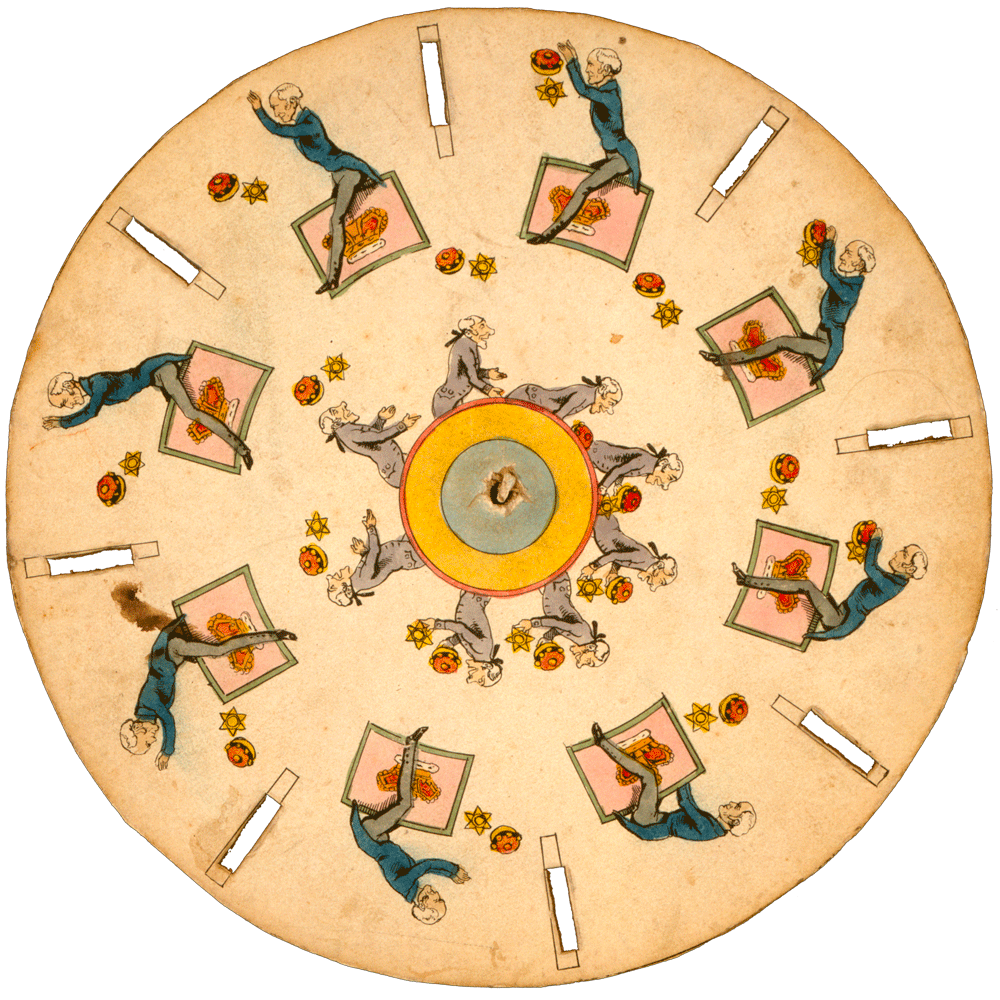
#2 Rubin Vase
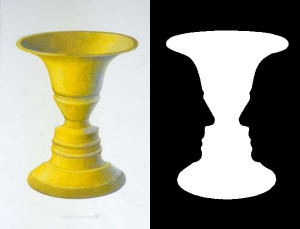
#3 Trick Photography Used To Create An Odd Illusion
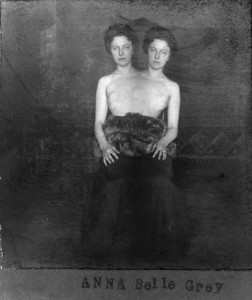
#4 The Thatcher Effect
The Thatcher effect (also known as the Thatcher illusion) is a interesting phenomenon where it is more difficult to detect the local feature changes in an upside-down-face than it is in an upright face. Surprisingly, though all of the changes are identical, they are more obvious in an upright face.
The Thatcher effect was originally created back in 1980 by a psychology professor named Peter Thompson. It is named after British former Prime Minister Margaret Thatcher because the effect was most famously demonstrated on a photograph of her. Look at the image of the man below.
Afterimages
An afterimage is a type of optical illusion. After exposure to an actual image has ended, an image will still continue to appear for a brief period of time. An example of a afterimage is when you look at a specific image (for a period of time) and then look at the wall, for a few seconds, you will see a ghostly afterimage in reversed colors. Below we will talk about the two types of major afterimages.
Positive Afterimages
A positive afterimage is when the colors of the original image are still maintained. For example, try starring at a brightly lit scene for a long period of time and then close your eyes. For just a few brief moments or so, you will still see the original scene in the same colors and even brightness.
Negative Afterimages
A negative afterimage is when the colors are inverted from the original image. For example, if you were to stare at a red image for a long period of time, the afterimage would be the color green.
#5 Afterimage Representing Jesus Christ
This is an optical illusion of Jesus. In order to see the afterimage, follow the instructions below.
1. For 30-60 seconds, stare at the four black dots that are located in the center of the image.
2. The next step is to quickly close your eyes and then look at something bright (such as a lamp).
You should now see a white circle that has an image of Jesus inside of it.
#6 Mona Lisa
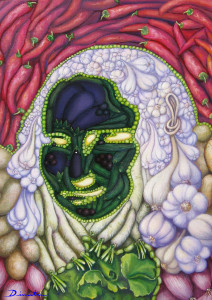
“Joconde, Mona Lisa, Afterimage” by Dimitri Parant is licensed under CC BY-SA 2.0
Above is an afterimage of Mona Lisa. You will notice the instructions are slightly different than the Jesus afterimage. After following these two steps, you should be able to see an image of Mona Lisa.
1. For 30 seconds, concentrate on the white dot.
2. The last step is to just close your eyes for 10 seconds.
#7 Young Woman
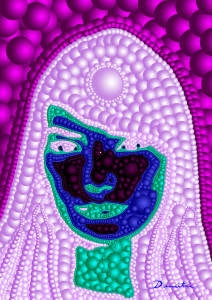
“DELPHY LEGRAIN CRIST” by DIMITRIDIMENSION is licensed under CC BY-SA 2.0
Here is an afterimage of a young woman. To see the illusion, follow the previous instructions.
Final Words
We hope you had some fun watching your eyes play tricks on you. Out of all seven weird illusions we shared, which one did you have the most fun with? Did you try out any of the afterimages (such as the Jesus Christ or Mona Lisa optical illusion)? It is interesting how one can see the afterimages with the eyes both closed and opened. It is also amazing how an illusion can easily trick your brain.
